Are Japan’s royal protocols stricter than Britain’s? Queen Elizabeth has personal rules about gifts, but Emperor Naruhito has to get approval – plus 6 more regulations
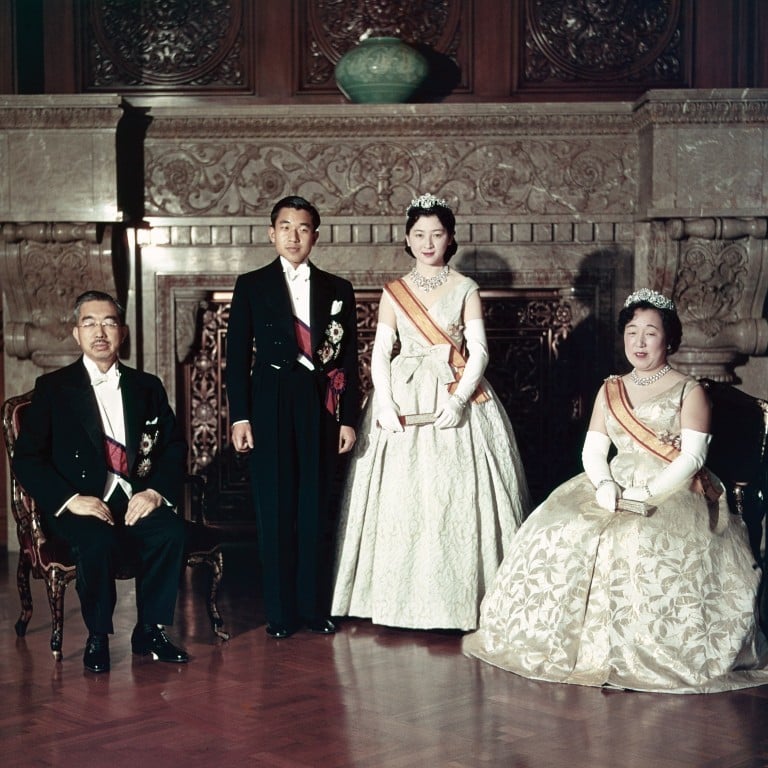
Inside Meghan Markle and Prince Harry’s lucrative week in showbiz
Much like Queen Elizabeth in the UK, the Emperor of Japan – currently Naruhito, who took the throne in 2019 following the abdication of his father, Akihito – does not play an active role in the politics of the country. His role is more ceremonial and focuses on state functions such as formalising the appointment of the prime minister, meeting with visiting royals and heads of state, and receiving foreign ambassadors and envoys, among myriad other responsibilities.
In this sense, the emperor is much like the heads of many European monarchies. However, there are some particular rules of etiquette unique to the Japanese royal family.
Japanese royals are not allowed jobs
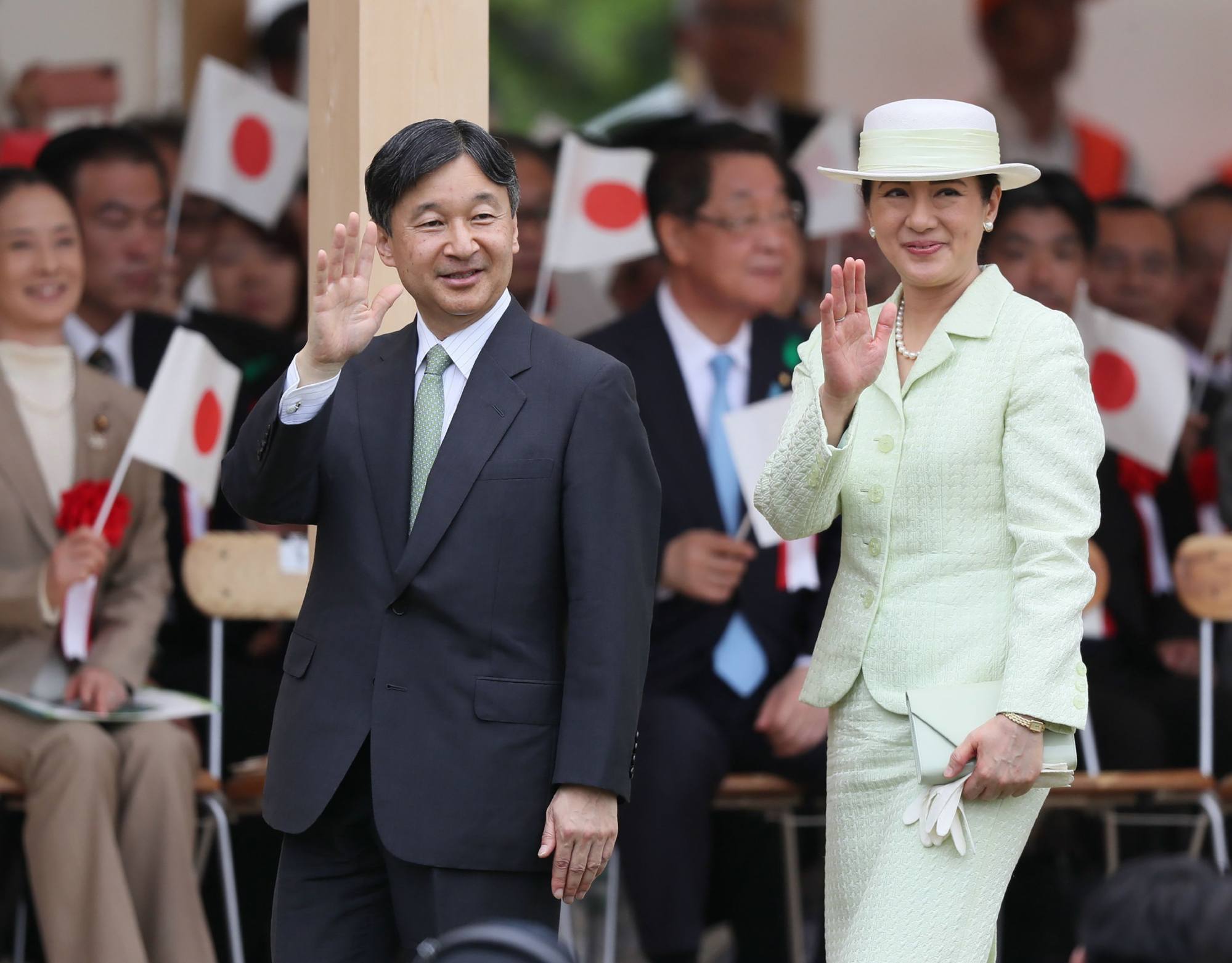
Marrying a commoner is forbidden – if you’re a woman

Were Diana and Charles related? 5 UK royals who married distant ‘relatives’
In a stunning example of double standards, the same sacrifice was not required of Akishino when he too married outside the Japanese aristocracy and branches of the imperial family. His wife is Kiko Kawashima, the daughter of a university professor.
However, that didn’t mean the royal couple weren’t treated with some scorn. Kawashima wasn’t the first commoner to marry into the Japanese royal family – Empress Michiko, the daughter of a wealthy industrialist, was first in 1959. But she was the first woman from a middle-class background to marry into the imperial family when the ceremony took place in 1990. She was subsequently – and unflatteringly – dubbed “the apartment princess” by the media.
Japanese royalty cannot vote or run for office
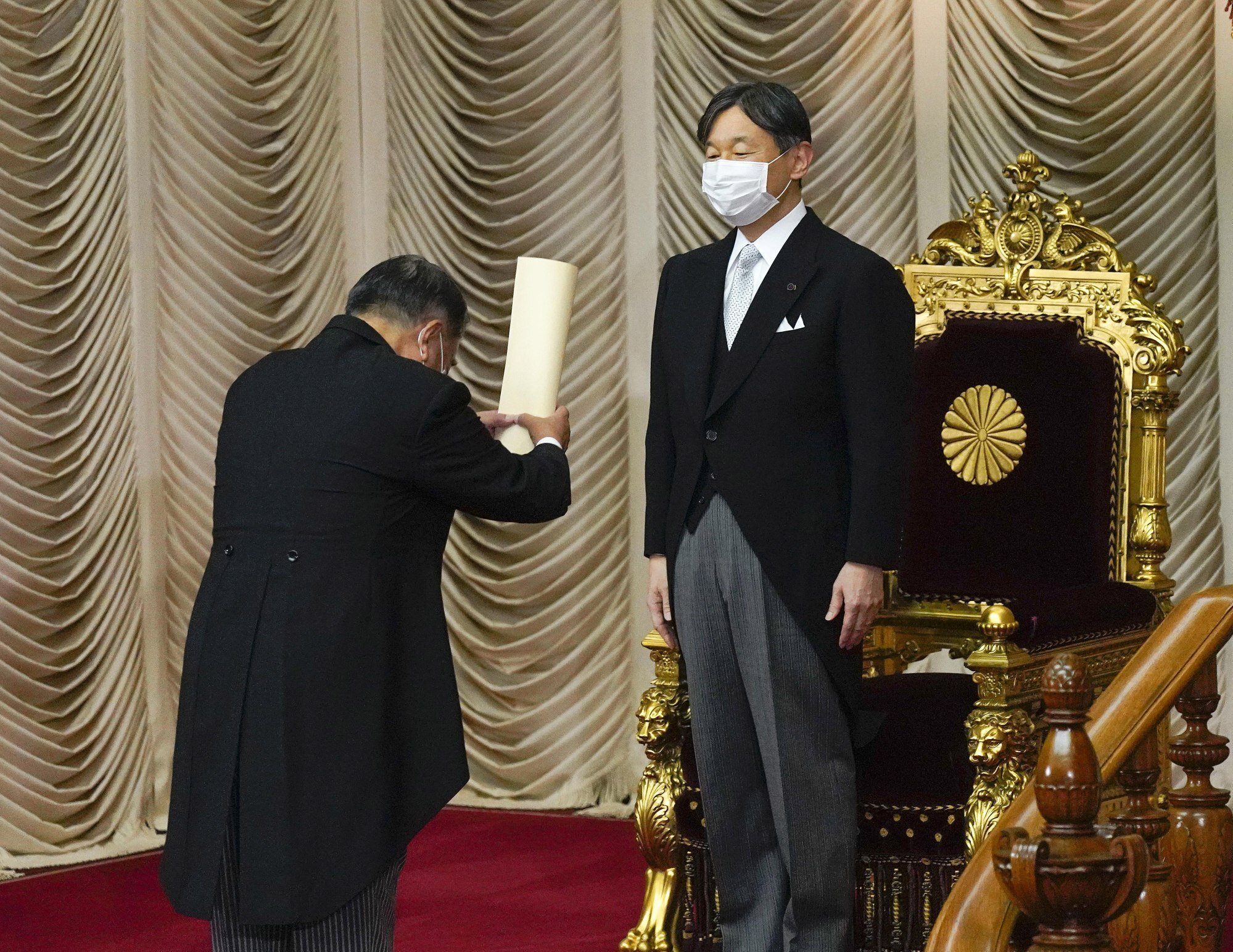
In Japan, the emperor is implicitly forbidden from becoming involved in government. The country’s constitution states: “The emperor shall be the symbol of the state and of the unity of the people, deriving his position from the will of the people with whom resides sovereign power.” If the emperor were to vote or take up a role in government, this would contravene the constitution.
Traditionally, women had to follow behind men
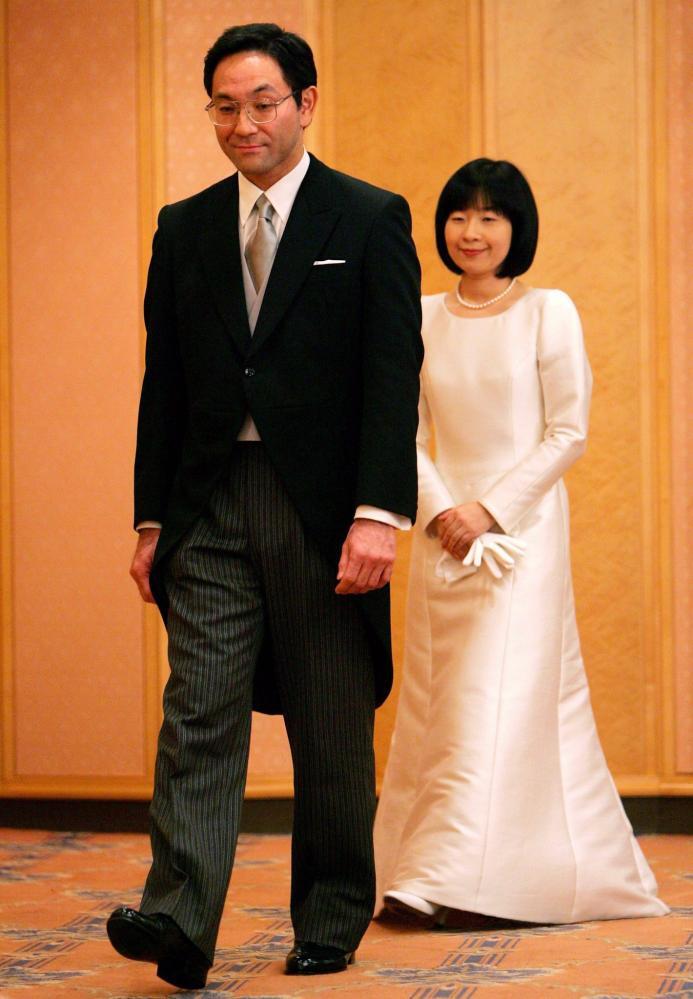
This piece of protocol has since fallen by the wayside, but in the past female members of the Japanese royal family were expected to walk behind the men to show deference.
Princesses in distress: Is royalty lagging behind with gender equality?
According to Professor Alice Y. Tseng, the idea of parity between the emperor and empress is a relatively new convention, one existing only since Empress Michiko entered the royal household in the mid-20th century. Before that, the royal couple would visit events on separate days, and when they did appear together, the empress was expected to follow dutifully in her husband’s tracks.
The Japanese royal family has no shared family name
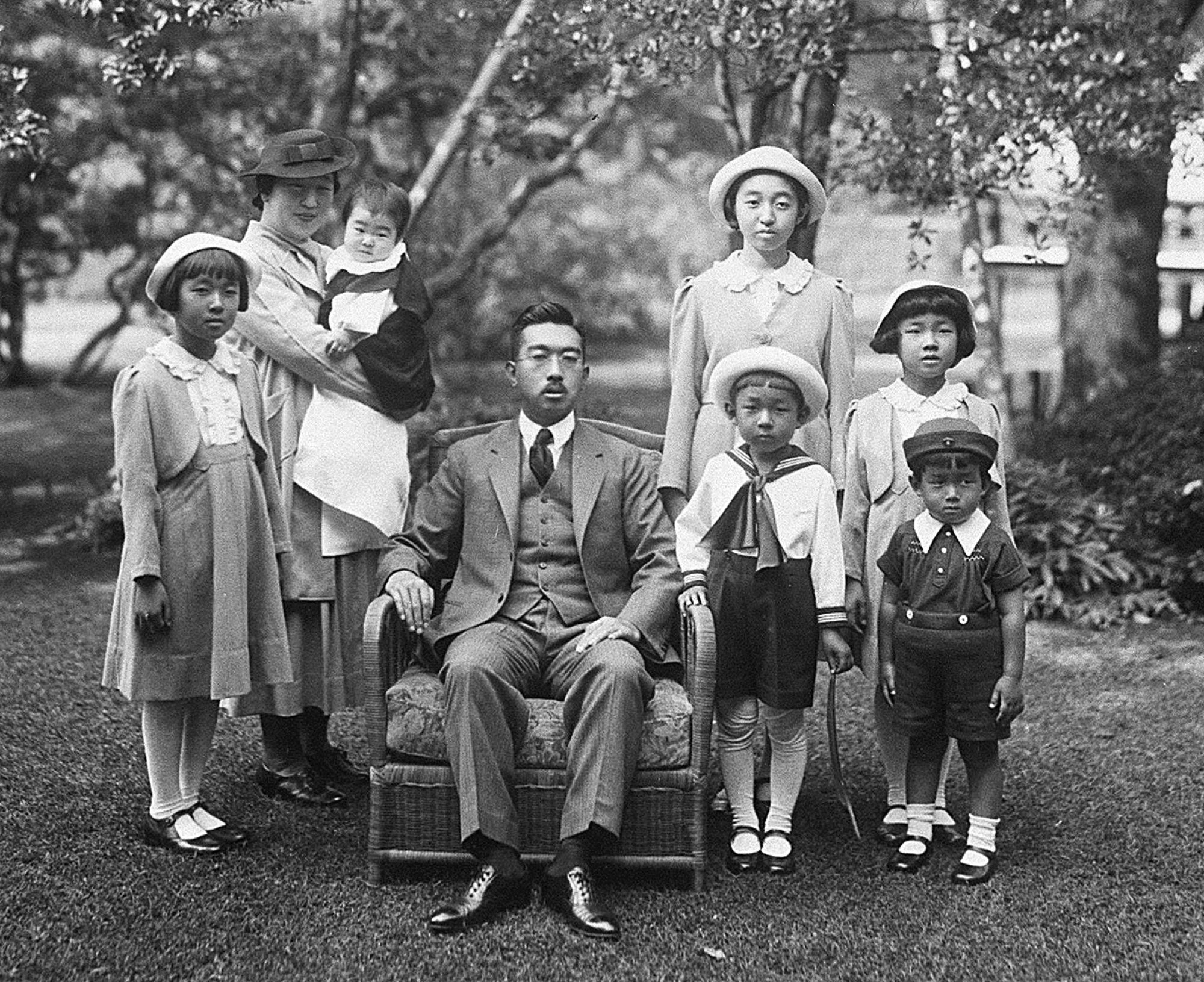
Similarly, Hirohito – who governed Japan before, during and after the Second World War – had no other name apart from his official title, Emperor Showa, which refers to his era. Upon death, the emperor is then only referred to by this name.
Women are not allowed to reign
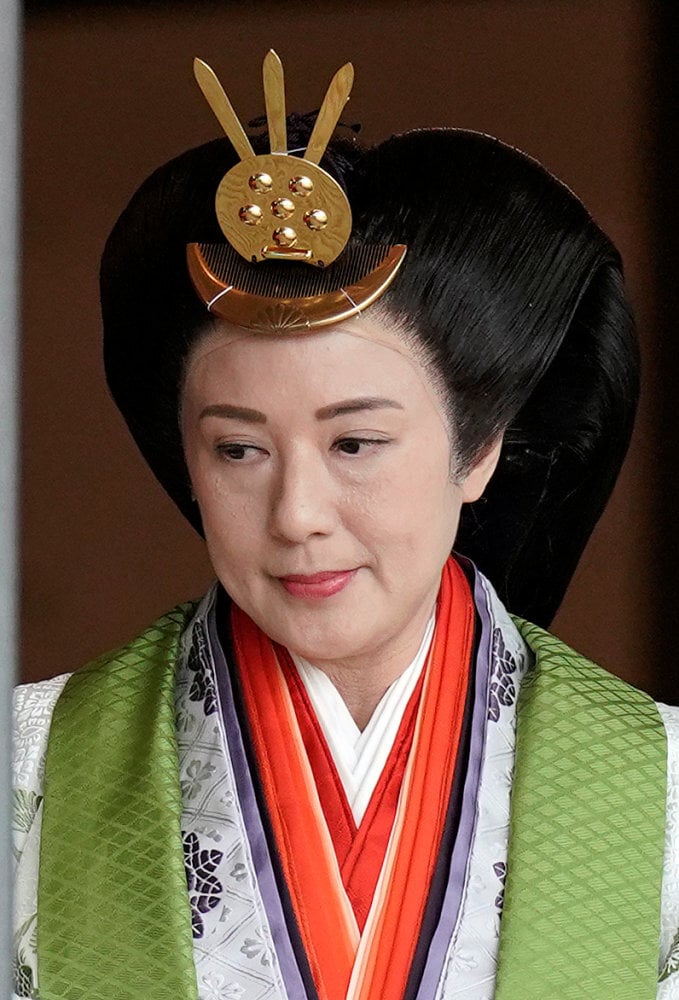
Historically, Japan did not always have such strict succession laws favouring men. Throughout Japanese history, there have been eight empresses on the throne – the last, Empress Go-Sakuramachi, abdicated in 1771 – but such possibility was brought to a halt in 1889 with the adoption of the Meiji Constitution, which followed a Prussian model and excluded women from succession. The Imperial Household Law of 1947 bolstered this decision.
What’s inside Empress Masako’s jewellery box?
In the early 21st century, this situation came under scrutiny as the Japanese royal family was faced with a dearth of male heirs and possible extinction. There were numerous royal daughters, but until the birth of Prince Hisahito in 2006, no male heir had been born into the imperial family in over 40 years.
During the years around Hisahito’s birth, there was significant talk of reforming Japan’s laws of royal succession, but the prince’s birth largely ended that conversation.
No gifts allowed
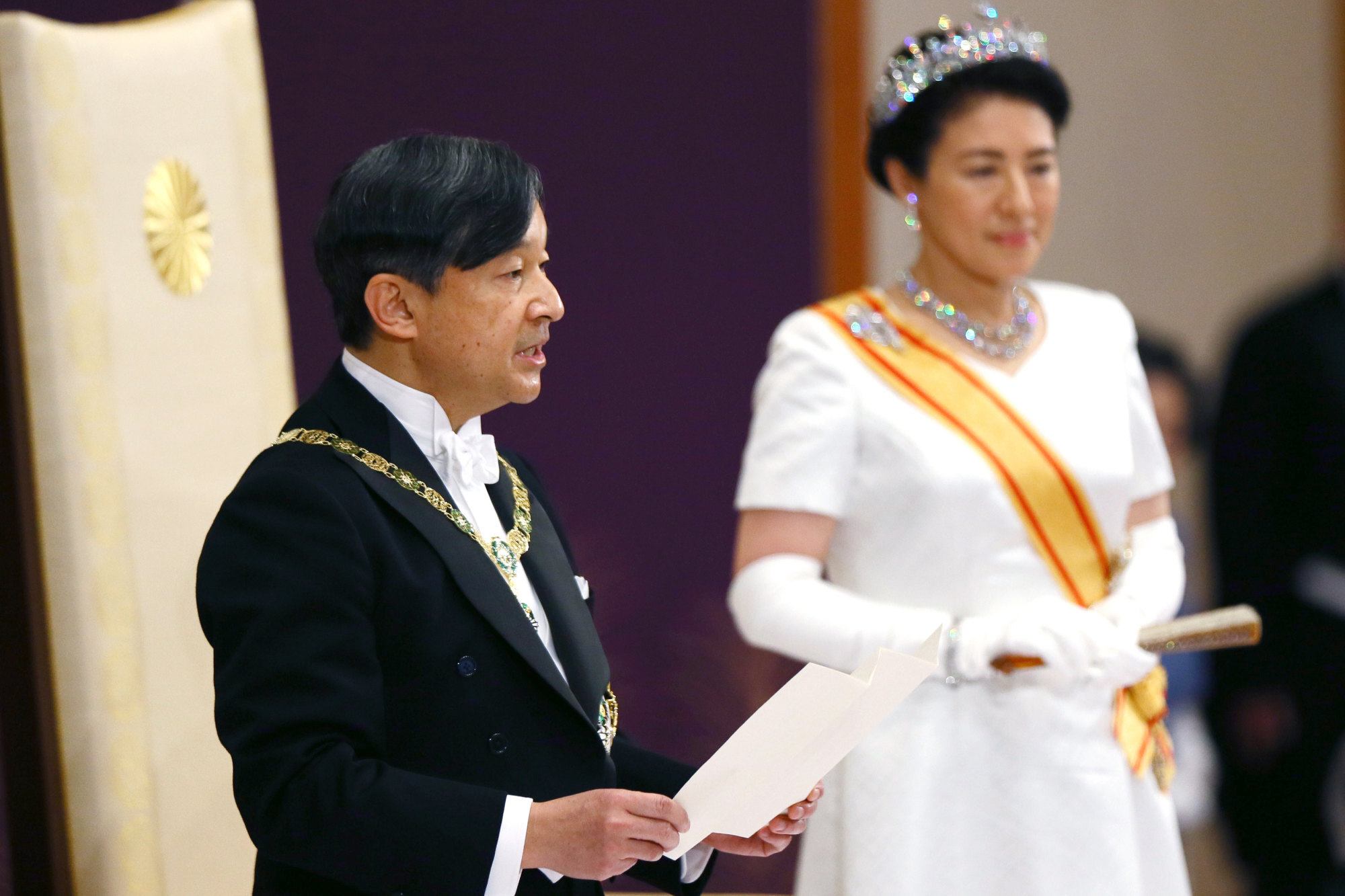

- Prince Harry and Meghan Markle are making bank with Netflix shows and podcasts in Los Angeles, but Prince Akishino and other Japanese royals can only work for non-profits
- In Japan, a royal wouldn’t give or accept a lavish mansion like the queen gifted Kate Middleton – although former US president Donald Trump did gift Naruhito a fancy viola